This is an abbreviated version of a talk I gave to a local chapter of the Italian Federation of Amateur Photographers (FIAF) on the challenges of photographing in a Teatro all’italiana environment. A word to the wise: this post has just a few pictures because it talks about what happens behind the camera and not about what happens in front of it.
To approach professional photography in Italian-style theatres, it is essential to understand and deal with a series of difficulties and critical issues that characterise this particular environment. The Italian-style theatre, with its architectural structure, lighting layout and show dynamics, imposes a series of technical and behavioural challenges that the photographer must know how to handle.
Structure of the teatro all’italiana
The Italian-style theatre has peculiar architectural features, such as the subdivision between stalls, boxes and backstage, which limit the shooting points. The photographer must know how to move in these narrow spaces, especially behind the scenes, where it is necessary to maintain the utmost discretion so as not to interfere with the performance. Shooting often takes place from fixed or confined positions, making it important to plan in advance the best spots from which to shoot.
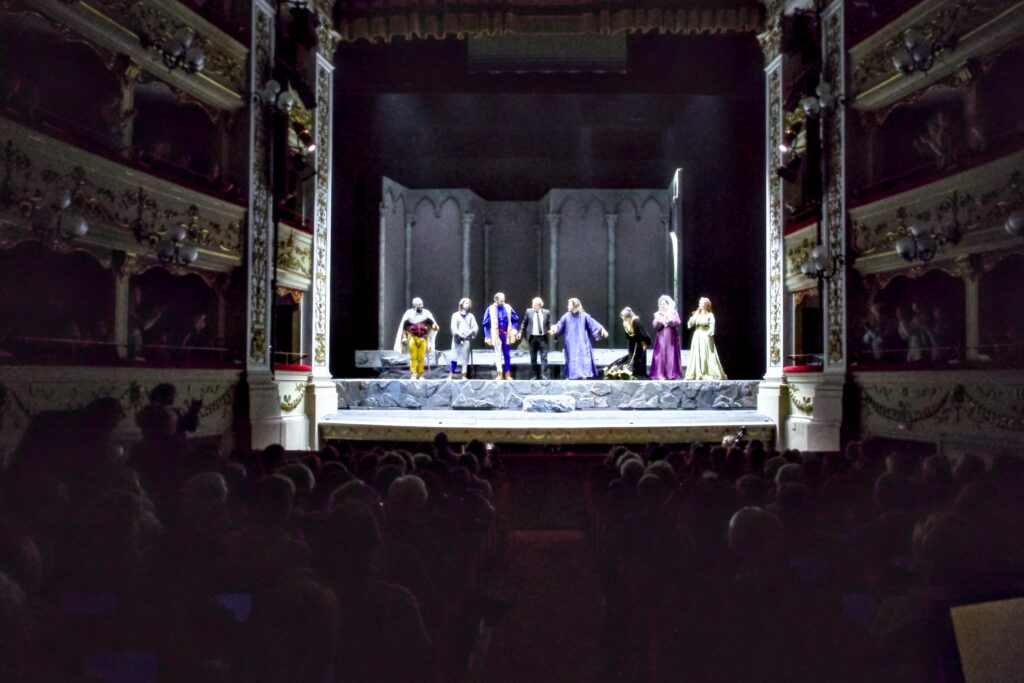
Rehearsals and the Show
If possible, take photos backstage when the actors are preparing for the performance. This is the time when they begin to get into the mental state necessary to perform at their best, through simple rituals such as taking care of their own make-up. This picture was taken before the Prima of the Madama Butterfly.
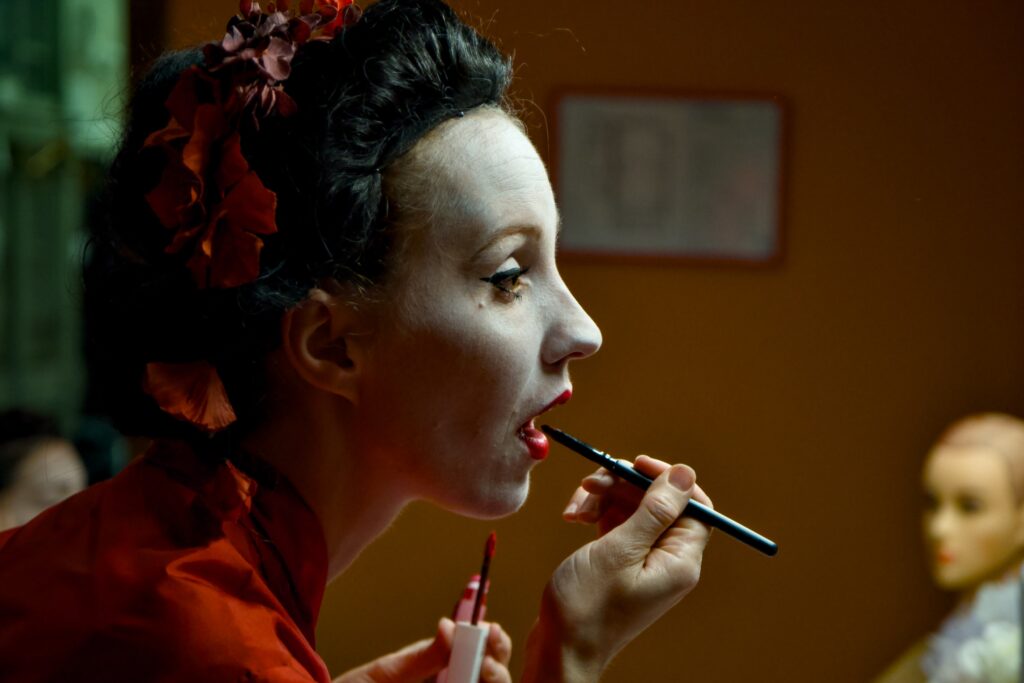
Another key point to consider is the rehearsal, where the photographer has the opportunity to observe the actors’ movements and plan the best moments to capture the images. During the performance, on the other hand, the room is dark and the lights are controlled by the director to create special stage effects, which are often tricky to photograph. LED lights, for example, can cause banding problems in images. It is necessary to experiment with different shutter speeds to minimise this effect.
Technical Equipment
Photographic equipment for the theatre must be chosen carefully. It is advisable to use mirrorless cameras to minimise noise when shooting, and equipment that can handle low light conditions well, with high ISO and good dynamic range. An electronic shutter is preferable to avoid noise, but care should be taken with flicker caused by LEDs. Lenses should be bright, with a wide aperture to handle light variations, and stabilised to avoid blurring.
In this example the banding is barely visible, however its negative impact on the picture is apparent… Ah, the photo comes from the Tosca.
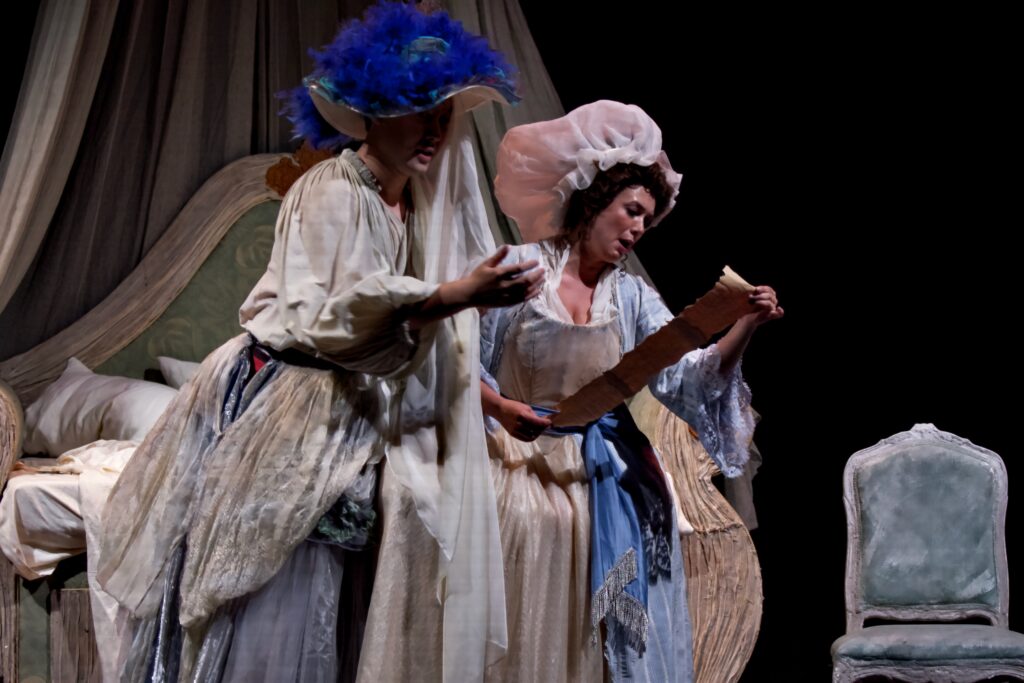
Stage etiquette
The photographer must be able to adapt to the show, not vice versa. It is essential not to interfere with the actors, technicians and director. During the performance, every movement must be calculated and discreet. It is advisable to wear dark sneakers and comfortable, dark clothes to avoid reflecting the light or distracting the audience.
The photographer should report to the director or company manager for directions and restrictions, and maintain a respectful and unobtrusive demeanour throughout the production.
Safety and Movement
Safety is a crucial aspect. Behind the scenes are equipment, cables and sets that the photographer must carefully avoid in order not to cause accidents or damage to the show. In addition, it is crucial not to get in the way of technicians during scene changes and to maintain an adequate distance from the movements of stage machinery.
This shot, taken during the stage change between two acts of il Trovatore, elucidates the concept.
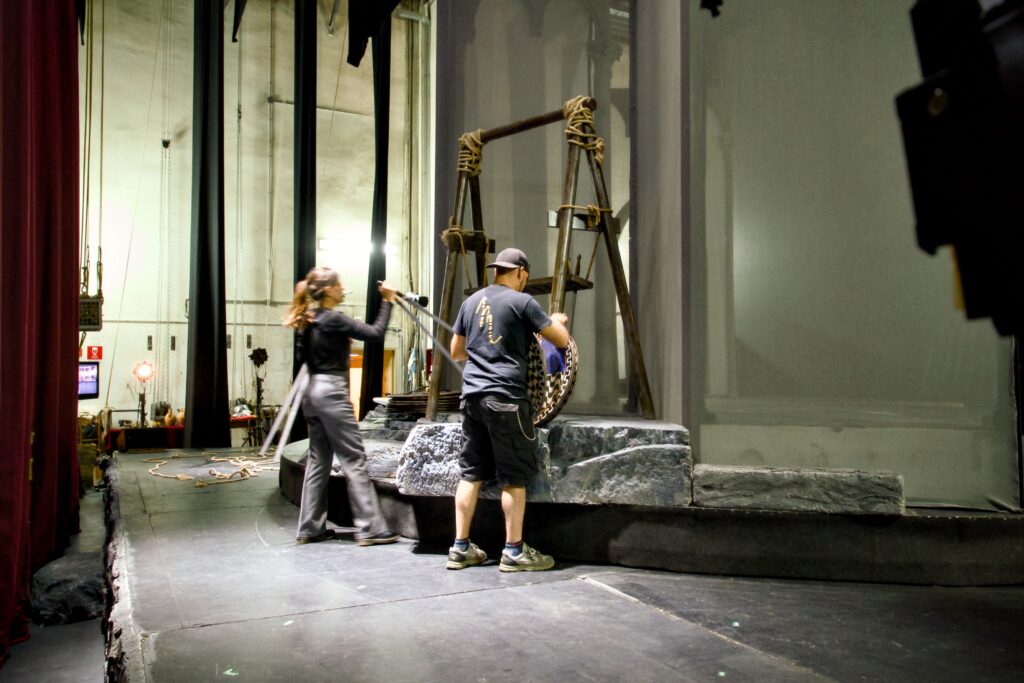
Technical Difficulties
The variability of the light and the high contrast between lit and shaded areas on stage are among the main difficulties. This requires precise exposure, often favouring a single point of focus. In addition, the most common shooting points, such as from the back of the hall or from the side stalls, limit the photographer’s creativity, making it necessary to find innovative solutions to capture original images.
This is an example of a mise en scene from La Bohème, taken from one of the two Barcaccias. Normally a terrible place to take a photograph, it can offer some good opportunities for a clever composition.
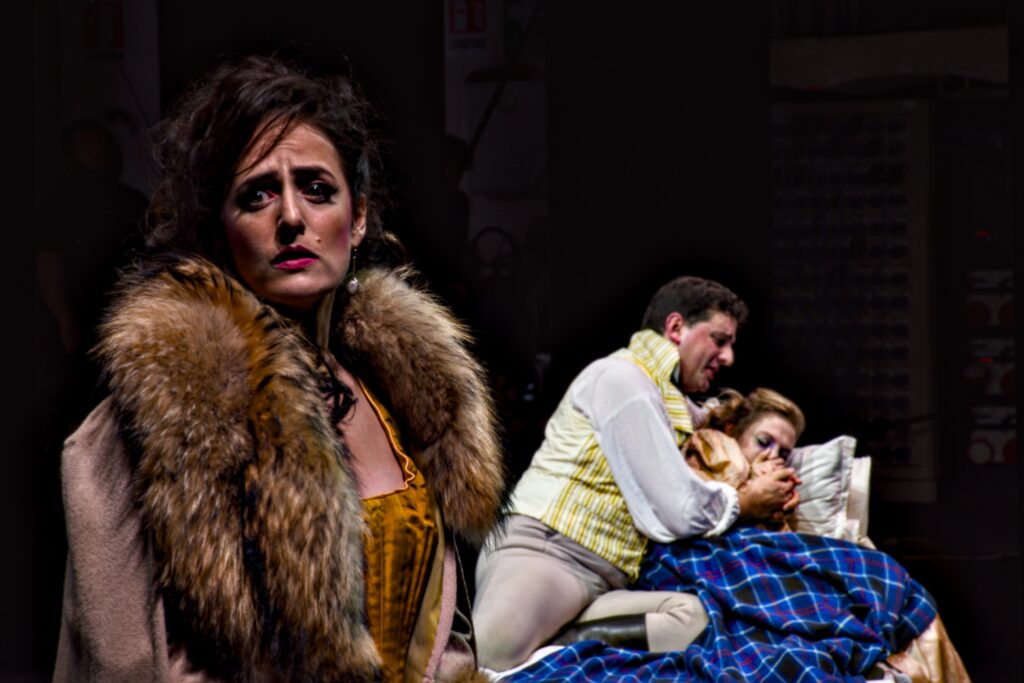
Photographic Language
Although theatre photography aims to document the performance, the photographer can develop his or her own language through experience and observation. However, it is important to remember that the main aim remains to provide images that meet the client’s requirements, leaving little room for creative experimentation.
Legal Aspects
Finally, a key aspect for the theatrical photographer concerns image rights. If the photograph is considered creative, the photographer retains the copyright, unless otherwise agreed with the client. It is important to clearly establish, from the beginning of contractual negotiations, what the permitted uses of the images are and to define, for instance, whether the client intends to acquire all the photos or only a selection.
Conclusion
Theatrical photography in Italian theatres is a discipline that requires not only technical skills, but also great sensitivity and respect for the environment and the people involved. Every aspect, from choosing the equipment to managing relations with the theatre company, must be carefully planned to ensure the success of a high-quality photo shoot.
Share this post:
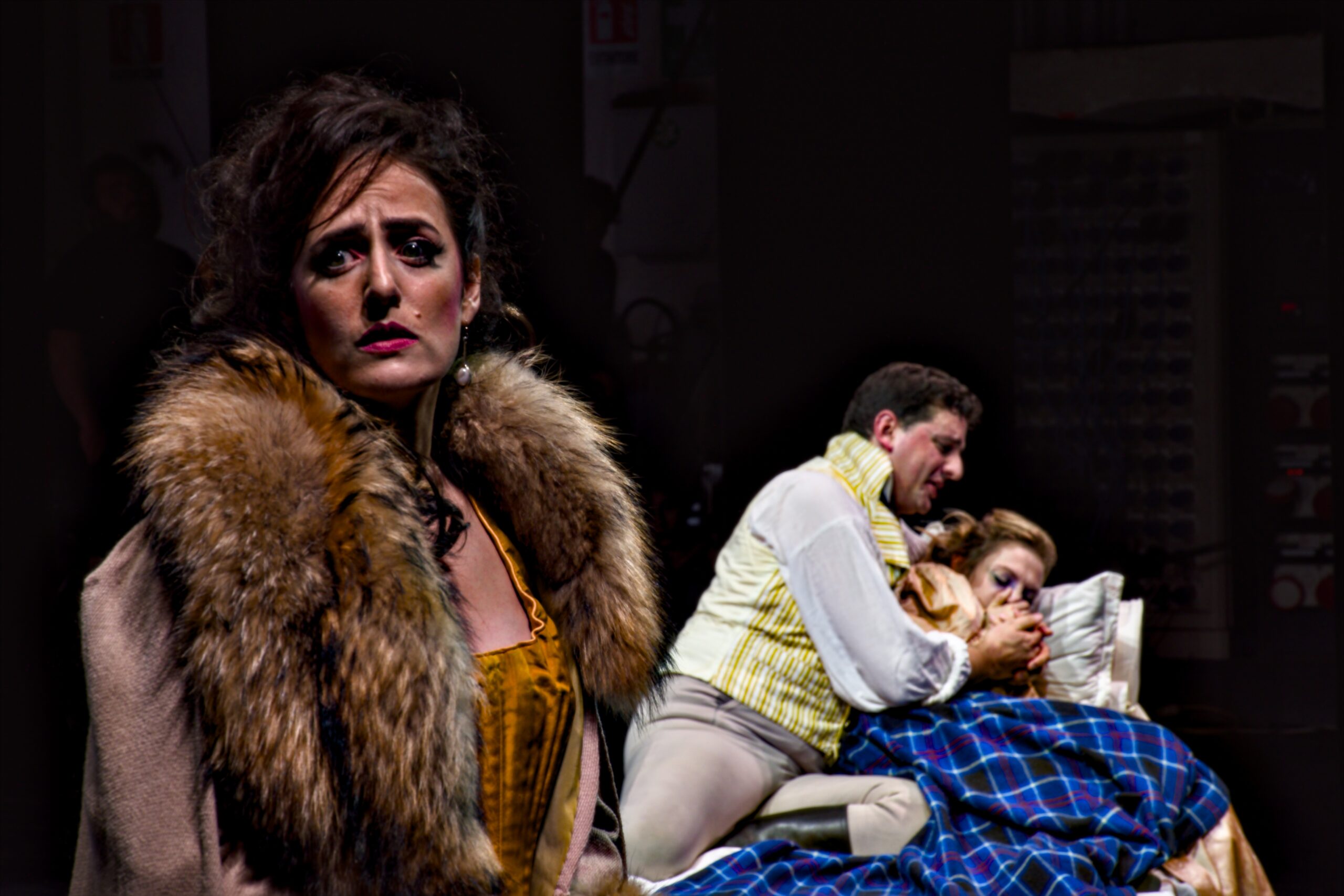
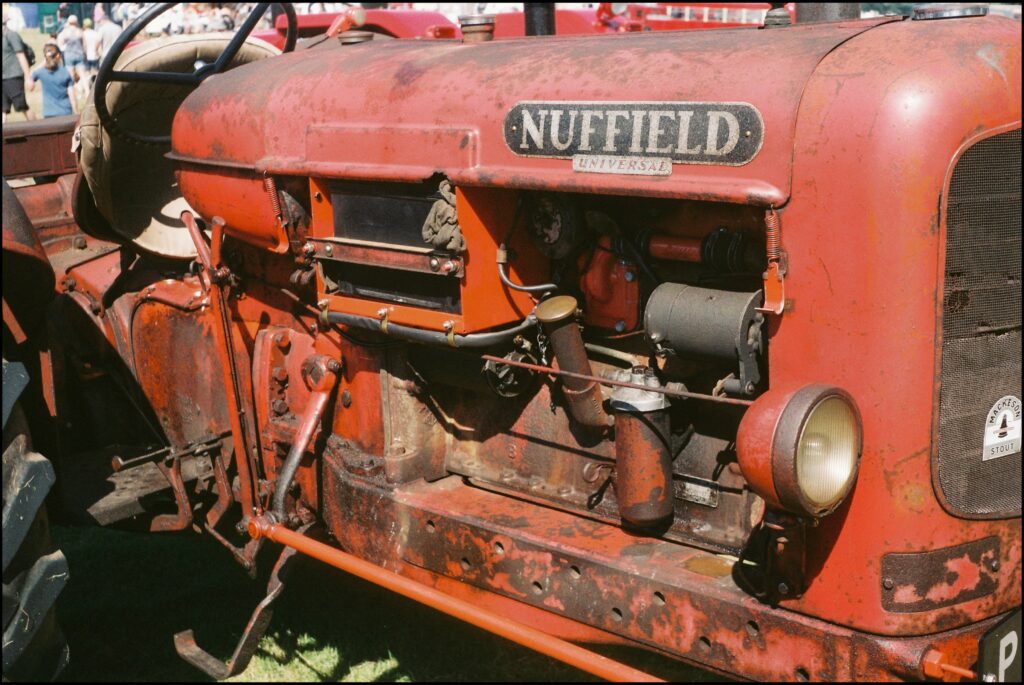
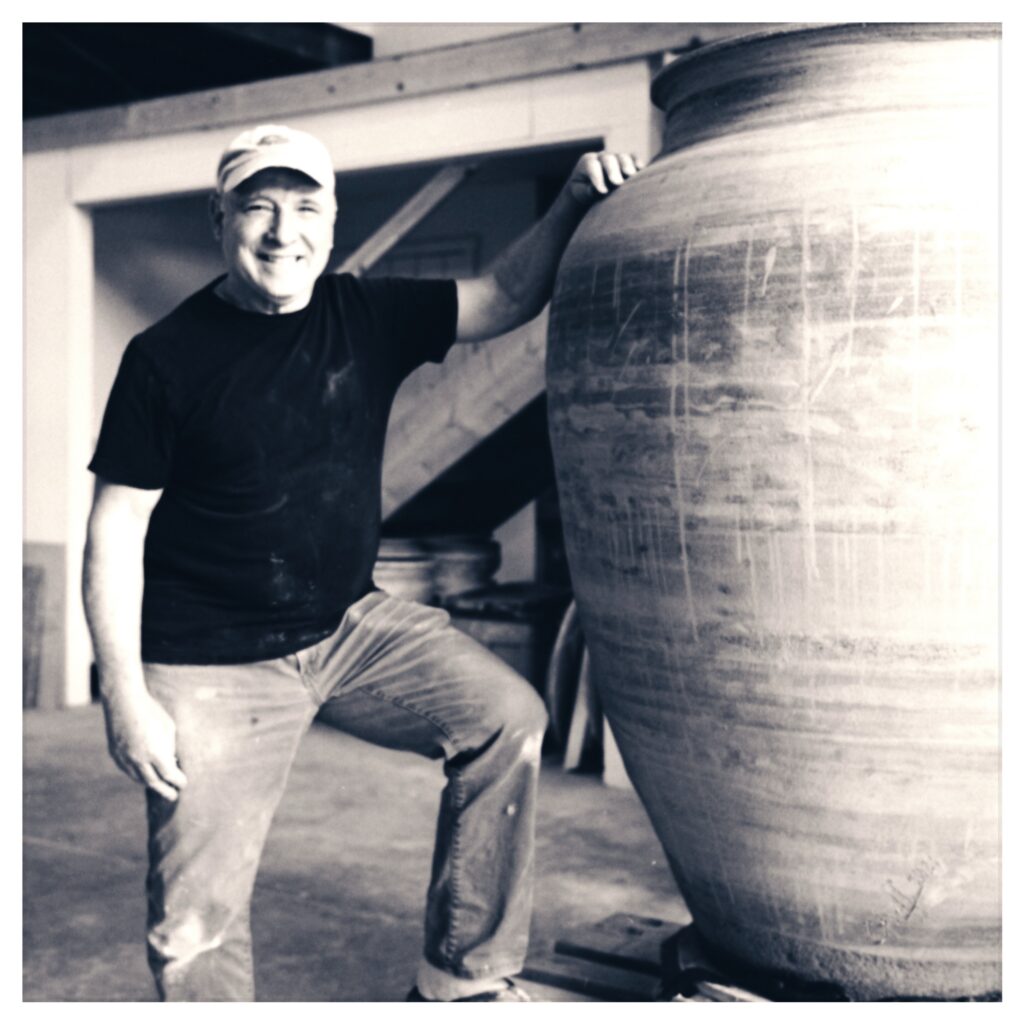
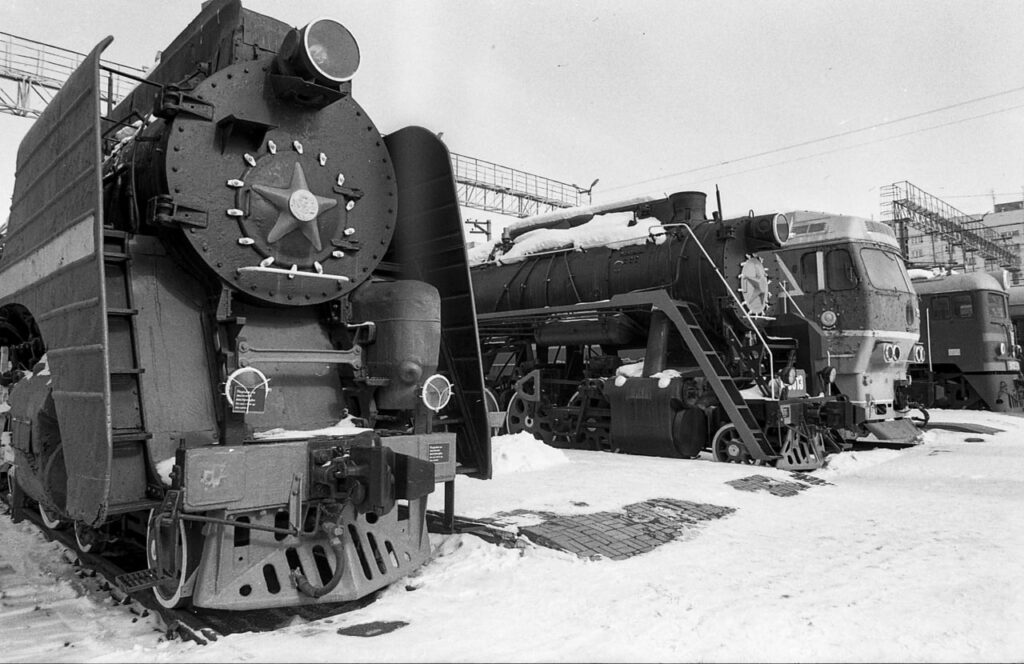
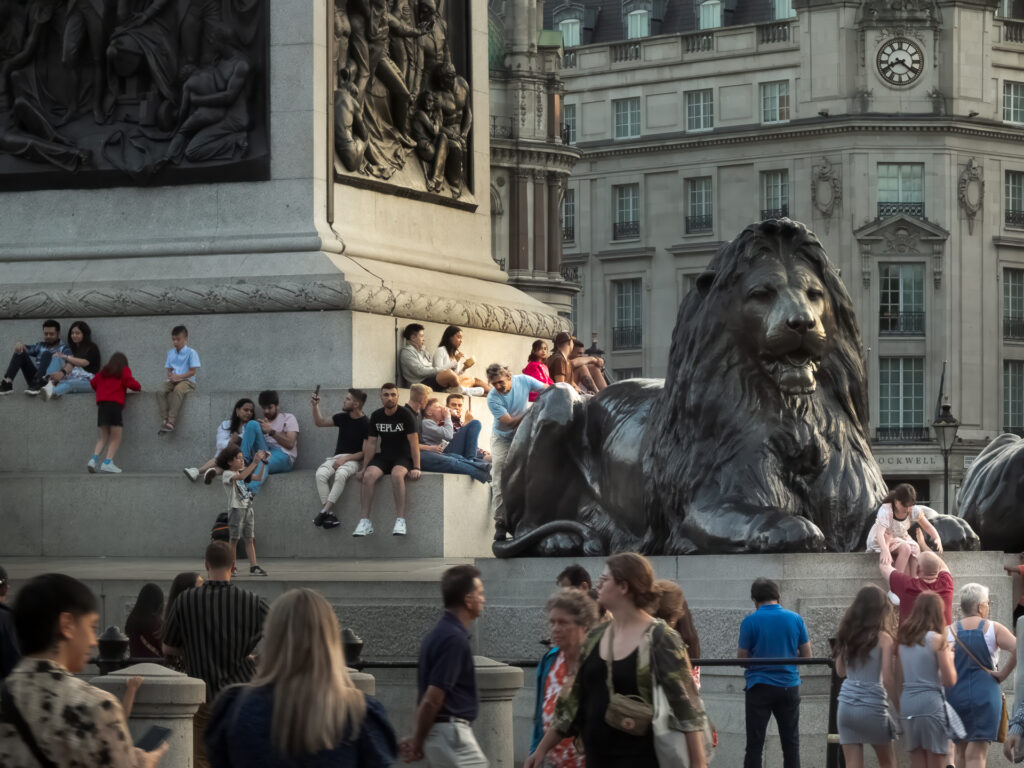




Comments
Umberto Fracassi on A Night at the Opera – Plays and Opera Photography
Comment posted: 19/12/2024
Thank you for sharing these instructive photos and notes.
Mike Brooks on A Night at the Opera – Plays and Opera Photography
Comment posted: 20/12/2024
Geoff Chaplin on A Night at the Opera – Plays and Opera Photography
Comment posted: 20/12/2024
I too love the pre-performance shot, and the others also are clearly the result of training, experience and a love for the performing arts. Great post!
Russell Rosener Jr on A Night at the Opera – Plays and Opera Photography
Comment posted: 21/12/2024